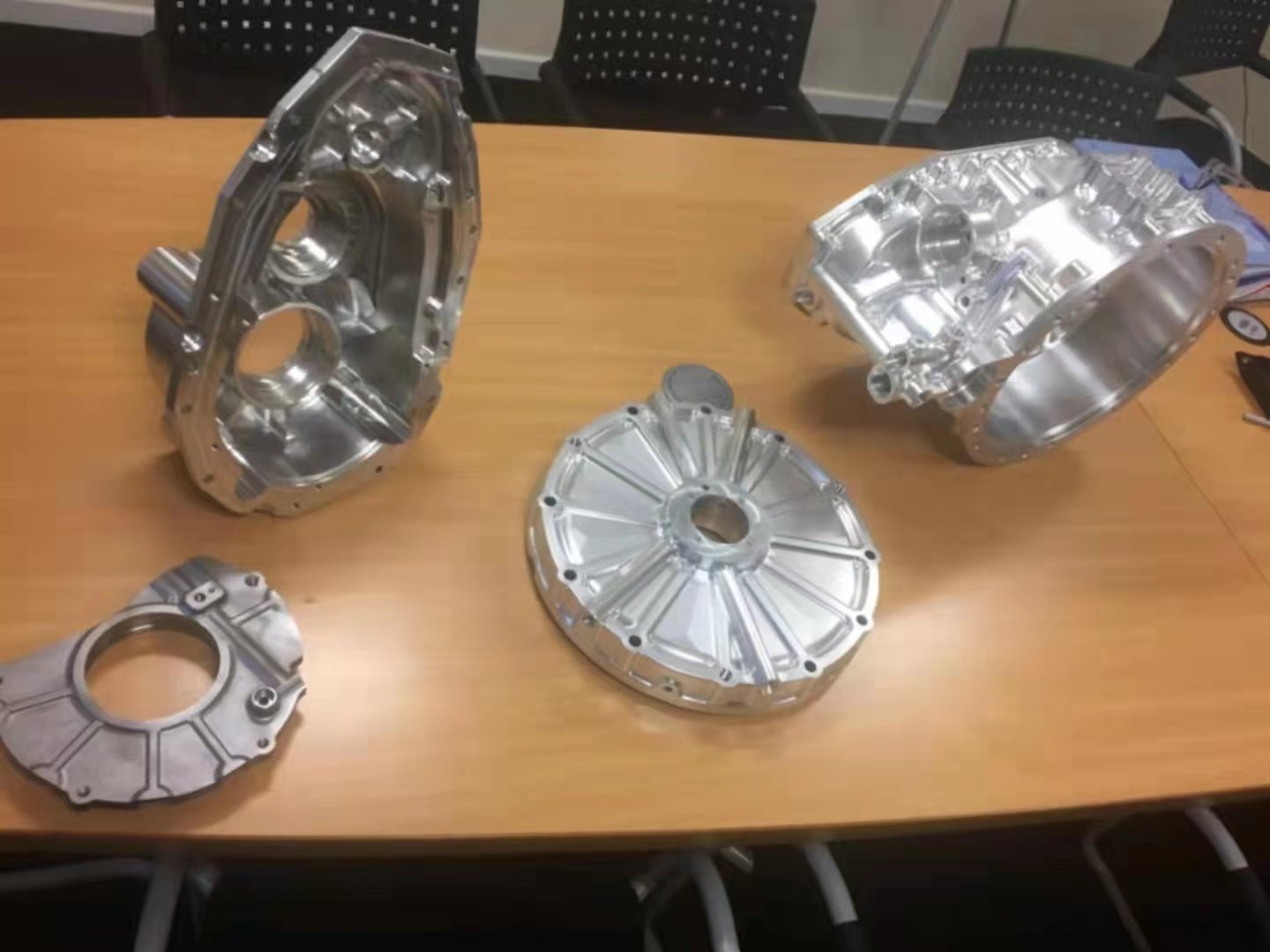
In the ever-evolving world of precision manufacturing, understanding the nuances between various technologies is crucial for making informed decisions. As companies like JUPAICNC continue to push the boundaries of CNC machining, it becomes increasingly important for both professionals and businesses to compare and evaluate different methods and tools for their applications. From small-scale custom projects to large production runs, the approach taken can greatly influence the quality, efficiency, and cost-effectiveness of the final product. In this context, comparing CNC machining methods with traditional manufacturing techniques becomes not only a matter of understanding the differences but also leveraging that knowledge to make better decisions for specific needs. The versatility and capability of modern CNC systems offer considerable advantages, but traditional methods still have a place in certain scenarios, depending on the complexity of the design, the material involved, and the production volume required. By delving into this comparison, one can begin to see how each approach aligns with specific project requirements, ultimately guiding the choice between CNC and conventional manufacturing processes.
When we examine CNC machining, it becomes clear that this technology offers unparalleled precision and flexibility, especially in terms of intricate designs and the ability to automate the production process. With the integration of CAD (Computer-Aided Design) software and CAM (Computer-Aided Manufacturing) systems, CNC machines can execute complex cuts, shapes, and finishes with minimal human intervention. This leads to increased production speeds, fewer errors, and a more consistent product quality, making it the preferred choice for industries that require high-precision components. In contrast, traditional manufacturing methods, while still relevant in many industries, often rely on manual skills and are prone to human error, particularly when dealing with complex designs. Although advancements have been made in these areas, the limitations in terms of speed and precision still make CNC machining a more viable option for many modern manufacturing challenges.
The tools and machines used in CNC machining have significantly improved over the years, allowing for faster setups, shorter lead times, and the ability to handle more complex materials. For instance, JUPAICNC, a leader in this field, provides an array of CNC equipment designed to meet the needs of industries ranging from automotive to aerospace. By offering customization options and ensuring the highest standards of accuracy, these machines can be tailored to handle specific requirements, whether it’s the use of a particular material or a specialized design. The ability to integrate sensors and real-time feedback systems also allows for precise adjustments during the manufacturing process, ensuring that any potential issues can be caught and corrected immediately. This level of sophistication in CNC technology is a stark contrast to the more rigid and slower-paced traditional manufacturing techniques, which may involve more trial and error to reach the desired outcome.
In addition to speed and precision, one of the major advantages of CNC machining is its ability to produce large quantities of identical parts with minimal variation. This is particularly beneficial in industries where consistency is paramount, such as in the production of medical devices or electronics. Traditional manufacturing methods may struggle to achieve the same level of consistency without significant manual oversight. Furthermore, the scalability of CNC machining means that businesses can quickly shift from prototyping to full-scale production without the need for extensive retooling. This adaptability is a key reason why many companies, including JUPAICNC’s clientele, choose CNC machining for projects that demand both speed and consistency.
On the other hand, traditional methods such as casting, molding, or forging, though often viewed as outdated, still offer advantages in certain contexts. For large-volume production, especially when parts are simple in design, traditional techniques can be more cost-effective. Processes like die casting or injection molding can produce parts at a fraction of the cost of CNC machining, particularly when the setup costs are amortized over large production runs. However, these traditional methods often lack the flexibility and precision that CNC machining provides, which can make them less suitable for highly complex designs or small batches. Additionally, traditional manufacturing techniques often require extensive tooling changes or retooling between production runs, whereas CNC machines can be easily adjusted to accommodate different part designs without requiring additional tooling.
Another key difference lies in the material capabilities of each method. CNC machining excels at working with a wide range of materials, including metals, plastics, and composites, making it an ideal choice for projects requiring custom or advanced materials. Traditional manufacturing processes, while capable of handling certain materials efficiently, may not offer the same level of versatility, particularly when dealing with specialized materials that require high precision or specific processing methods. In this regard, CNC machining stands out as a more adaptable option, capable of accommodating a diverse set of requirements across various industries. JUPAICNC’s advanced CNC systems, for example, are engineered to handle a broad spectrum of materials with exceptional accuracy, ensuring that even the most challenging projects can be completed to the highest standards.
Finally, the decision between CNC machining and traditional manufacturing techniques often comes down to the specific needs of the project, including factors such as cost, time constraints, and the complexity of the design. For companies looking to produce high-precision parts in smaller quantities or to create prototypes, CNC machining is often the better choice due to its flexibility, speed, and ability to handle intricate designs. For large-volume production of simpler parts, however, traditional manufacturing processes may still hold an edge in terms of cost efficiency. The balance between these two approaches requires a deep understanding of both the technology available and the specific needs of the business. JUPAICNC, with its expertise in precision CNC machining, continues to offer valuable insights to businesses seeking to navigate this complex decision-making process, providing the knowledge and tools needed to make informed choices that drive efficiency and quality.

